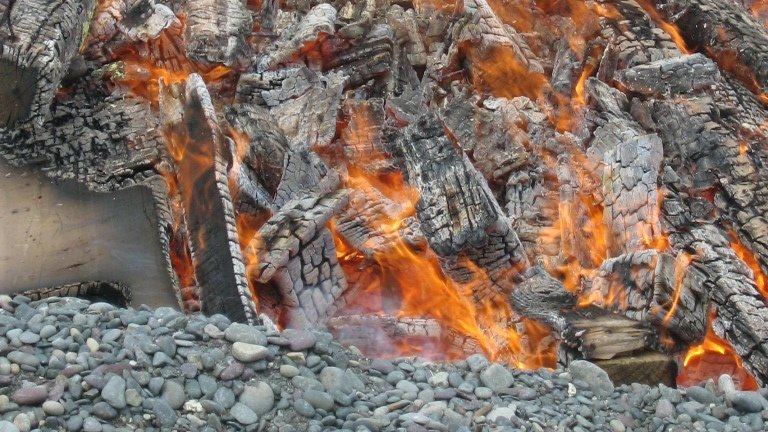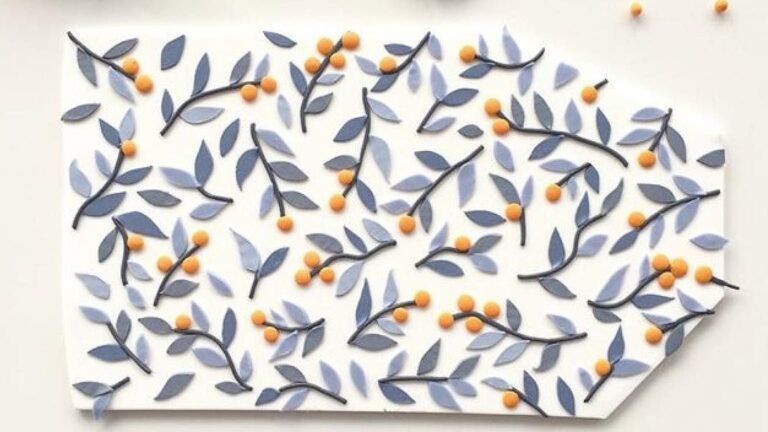Is a Ceramic Bowl Safe to Use in the Oven?
Cooking is therapy for me. When I cook, I deep dive into the tastes, textures, and smells. In the process, using the right cookware is essential. But is a ceramic bowl safe to use in the oven?
The use of ceramic bowls in the oven is generally safe as long as they are labeled “Oven Safe”. Most ceramic bowls are durable and can withstand more than 500 degrees. In order to withstand the heat, cookware must be either 100% porcelain, thick ceramic, or covered in a protective glaze.
I love using ceramic bowls because of their various advantages.
First of all, ceramic is free of toxins, it is affordable, it can be used as a container, does not enter into the reaction with acid, and is simply beautiful. If you think about it, you will notice ceramic items everywhere around us.
However, because of unpleasant past experiences, we often wonder if a ceramic bowl is safe to use in the oven or not.
Ceramic bowls can be considered a powerhouse in most kitchens. Many people, including me at one point, have stopped in the middle of the cooking process trying to find out if the Kitchenware is safe to use in the oven or not. Some may assume that they are safe, but I double-check and make sure. Turns out, there are varieties of ceramic bowls and we need to have some information before using, better be safe than sorry.
How Can You Tell If a Bowl Is Oven-safe?
Using non-oven ceramic bowls can ruin the cookware itself and the dish that you worked on so hard. “Ceramic” for many cooks is the favorite cookware material. However, it does not mean that you can use it in the oven freely. Ceramic is made from different types of clay. After molding, clay is hardened with the fire. Generally, the Ceramic bowls can withstand higher temperatures, however, not in all cases.
Ceramic bowls that are thicker or have heat-protective glazing are safe to use in the oven because they can endure higher temperatures. So, be careful with thinner ceramic bowls, they can crack easily at a higher temperature. Also, you need to make sure that it is labeled “Oven safe” and should not exceed the temperature limit noted there.
What happens if you have a ceramic bowl and it does not have any sign on it? Actually, there are some ways to find out if the cookware can handle the heat.
First is to look for the markers of Pyrex or Corningware. If the ceramic bowl belongs to those brands, it means that they are oven safe. Also, on the bottom of the cookware, there must be the manufacturer’s name noted. In that case, the only thing you need to do is look them up on their website. Most likely, they will have such info.
There are four main types of clay and therefore, depending on which material is
used, ceramics come in three different types. Earthenware, Stoneware, Porcelain, and ball clay.
Earthenware clay is hard, porous, and brittle. It can absorb water and therefore can not be used in the oven. The only time it is useful and resistive to high temperatures is when it is specially glazed. The glaze makes it waterproof and therefore gives it heat resistance. Stoneware is a material that can tolerate heat. So, even without glazing, it can be used in the oven. However, Porcelain is the most widely used ceramic material among all.
Can You Put All Porcelain in the Oven?
I consider Porcelain to be the best type of cookware material. Dinnerware made of porcelain clay has been around for centuries. Even though the porcelain is durable. The material is not the only thing that determines heat resistance. The cookware that is 100% porcelain is oven-safe. Also, if the bowl is thin, it may not be able to take the high heat.
Porcelain mainly consists of white clay, and other materials such as silica and quartz are added. It is the most durable among all others and can withstand higher heat. Porcelain is clay with a refined form. It is baked at 2192 Fahrenheit. Because of that, it is can resist heat up to 500 degrees and is safe to use in cooking.
Will Porcelain Break in the Oven?
Some porcelain ceramic bowls can not tolerate high heat. If you have an old porcelain bowl that you received from grandma, there may not be a label on it. Even though in most cases it may be heat resistant, I recommend not risking it. Even though the porcelain consists of hard and dense materials, the bowls made from it may break or be prone If not handled with care.
The ceramic bowls may break and spread as glass or can break in half. Be aware of small cracks, even though they may seem unharmful, but it makes the bowl unsafe. First, it is difficult to clean and keep bacteria. Cracking the glaze is also called crazing. If the crazing happens on the bowl, it will eventually grow bigger and may crack when you least expect it. Trust me, it has ruined my dinner and favorite shoes.
What Temperature Does Ceramic Crack?
Usually, the label or package of the ceramic bowl will have information on whether it is oven-proof or not. In most cases, there are specific temperatures noted too. Exceeding that number may break your bowl.
An interesting fact is that the ceramic that is not oven-proof does not break in the oven but only when you take it out. Guess why? Because the ceramic adjusts to the temperature and when you take the bowl out and it exposes to cooler temperatures, the bowl gets a thermal shock. As a result, it simply breaks and can make a pretty bad mess in your kitchen.
Dunt is a crack that comes from extreme heat or extreme cold. Those conditions put the ceramic bowl under “stress”. There are two main temperature-inversion points. Those are 1063 degrees and 439 degrees. At those temperatures, molecules rearrange and cause cracks. Most of the time, the damage is caused by cooling.
If the bowl has a wavy line on the bottom with the number 300 on it means that it can be only exposed to a maximum of 300 Fahrenheit heat. The maximum temperature of ceramic bowl resistance must not be exceeded.
Even if the ceramic cookware is oven safe, You must not take the bowl from extremely cold temperatures to extremely hot temperatures or vice versa. My advice is to turn off the oven, wait until the oven cools down by itself and then take the ceramic bowl out.







